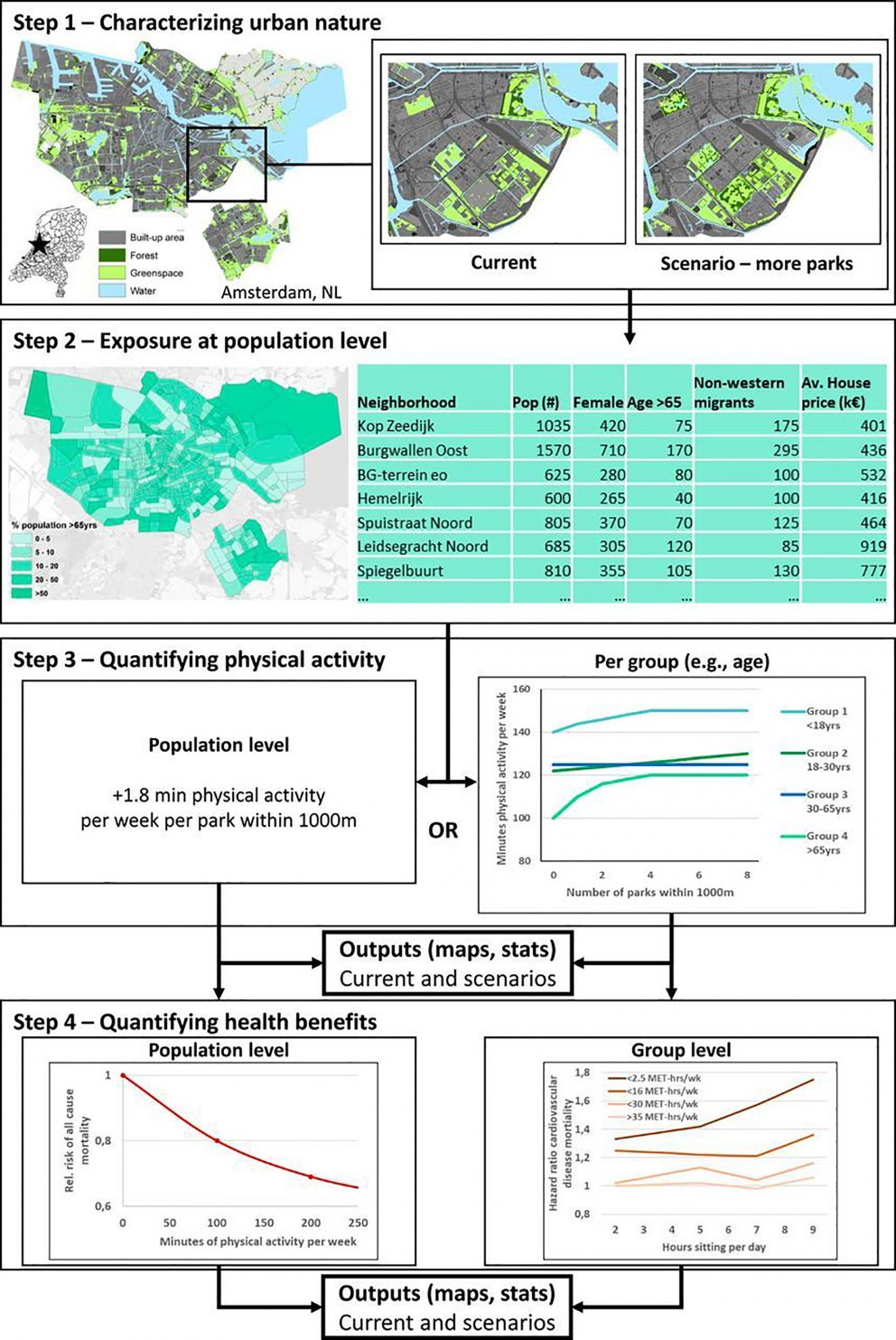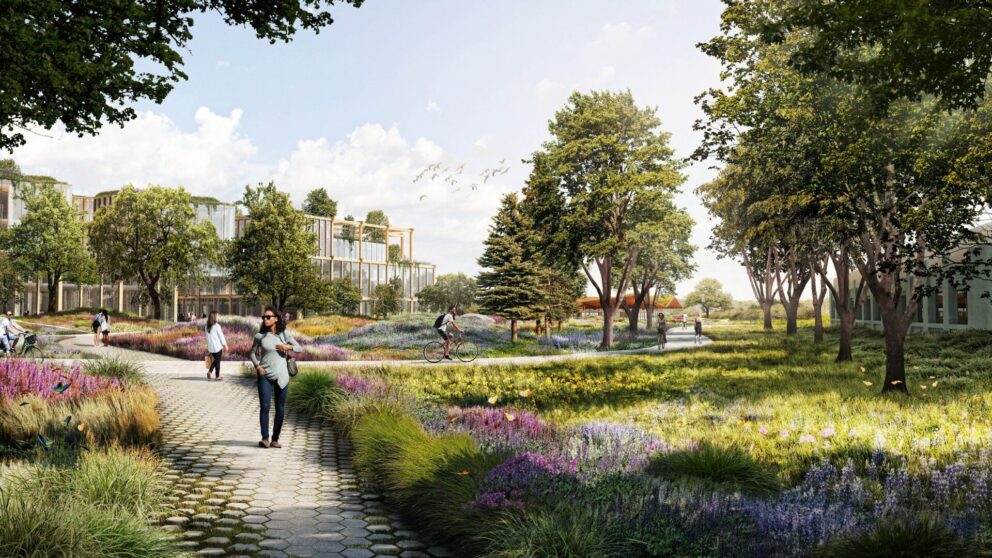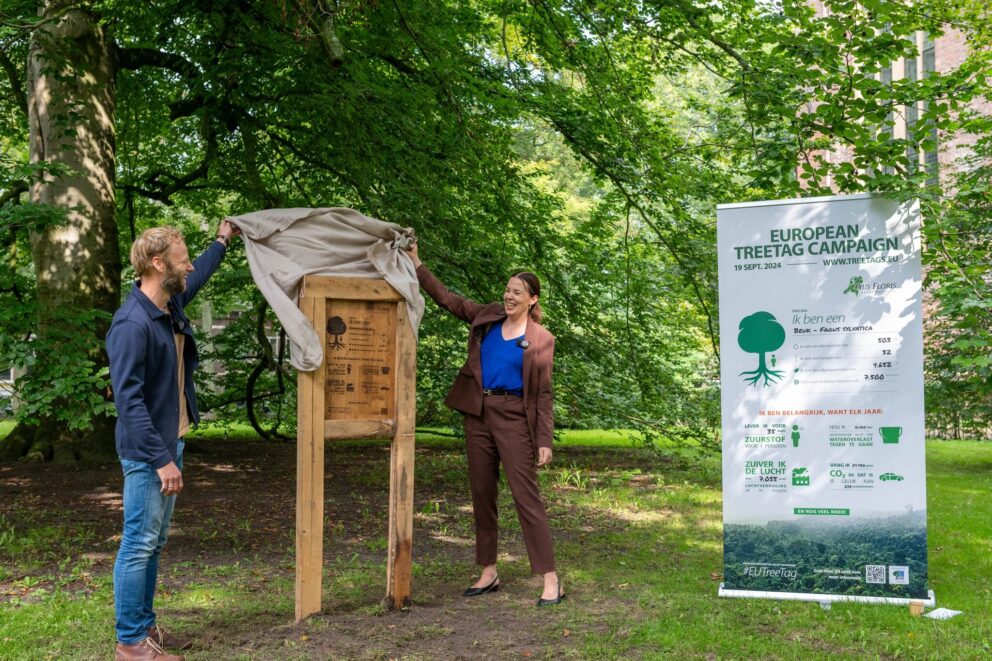New research shows how access to nature in cities can improve human health by stimulating physical activity. The researchers from Stanford University and Wageningen University & Research, aim to provide city planners with tools to create healthier, more sustainable cities around the world.
The study, published in Proceedings of the National Academy of Sciences, explains how access to nature increases people’s physical activity – and thus overall health and well-being – in urban areas.
Nature underpins human well-being in critical ways, especially in health. In cities, nature provides cooling shade in streets, a safe haven for pollinators and the greenery absorbs rainwater, reducing the risk of flooding, among other well-studied health benefits.
But how nature promotes physical activity for its many mental and physical health benefits, particularly in densely populated cities with scarce and dwindling access to nature, is a puzzle that has not yet been solved.
Framework as spatial decision-support tool
The research team combined decades of public health research with information on the benefits of nature for city residents. From tree-lined pavements to city parks and waterfronts, the team created a complete framework to map the physical health benefits of urban nature.
The framework shows e.g. that people sometimes choose to walk a few blocks to enjoy a blossoming garden, or prefer to cycle to work along the canal. In this way, they get more exercise – plus the associated health benefits – than they would have had if they had not been motivated by the urban green.
As our world becomes more and more urbanised with focus on cities, people have less and less access to nature. Especially in densely populated areas. By mapping where urban green is lacking, and providing these areas with green, the health and well-being of city dwellers can be improved.
An illustration of a hypothetical model application for Amsterdam, The Netherlands based on the presented model framework is shown below
- Step 1 shows urban nature data for the current situation and a scenario with increased and improved city parks.
- Step 2 shows neighbourhood-level data that moderates exposure to nature, assumed to remain constant between the two scenarios.
- Step 3 applies the relationship between park availability and PA to quantify the change in physically active time between scenarios at the population level (11), or for individual groups (hypothetical).
- Step 4 uses the relationship between PA and health outcomes to quantify health benefits at population level or for groups, with examples for relative risk of all-cause mortality and hazard ratio of cardiovascular disease mortality based on metabolic-equivalent task-hours per week and hours of sitting per day.
The arrows show how data from each step feed into the next step and the model output. Sets of output maps for the initial situation and the applied scenarios result from step 3 (PA output) and step 4 (health benefits output).
Full article ‘An ecosystem service perspective on urban nature, physical activity, and health’: https://www.pnas.org/content/118/22/e2018472118






